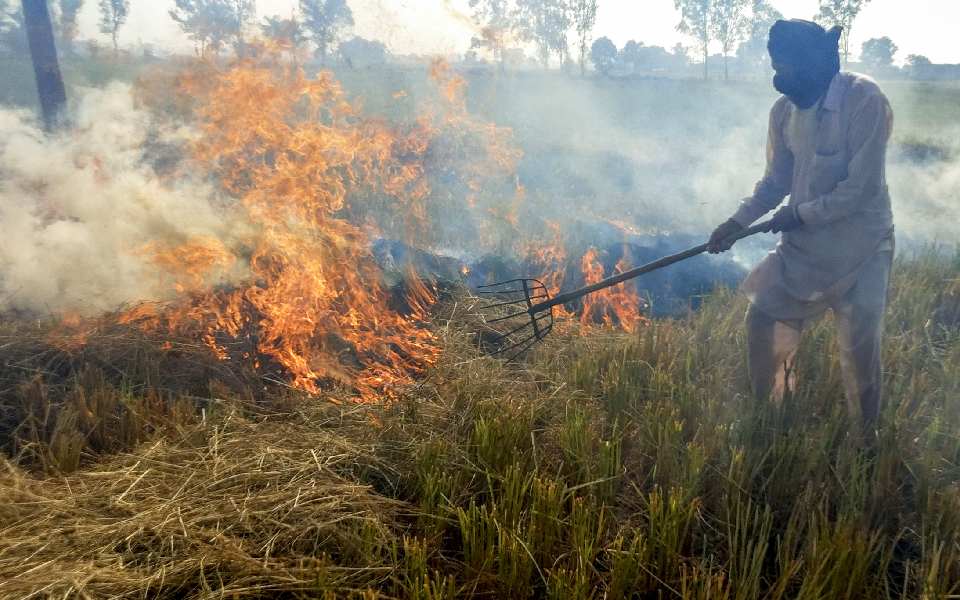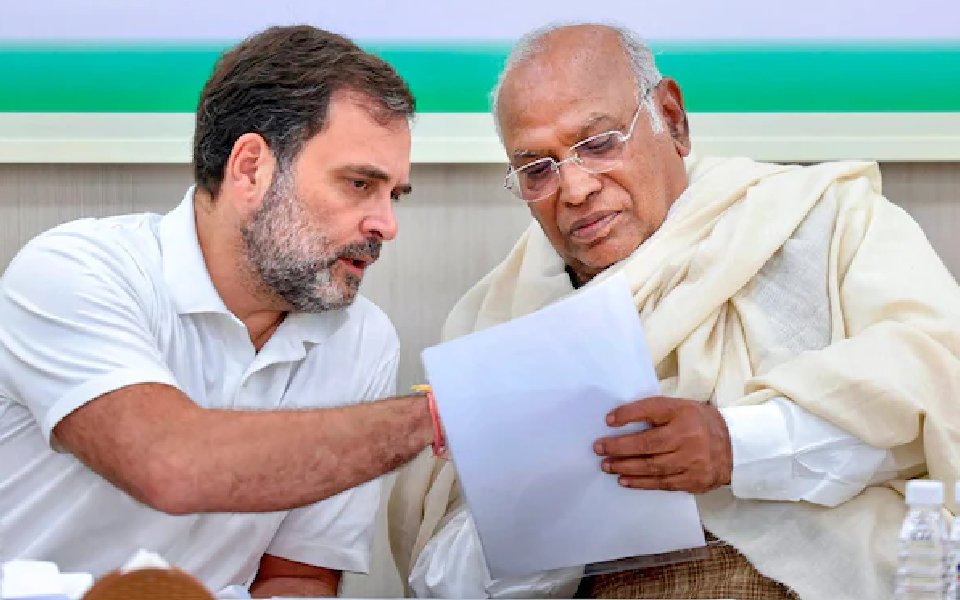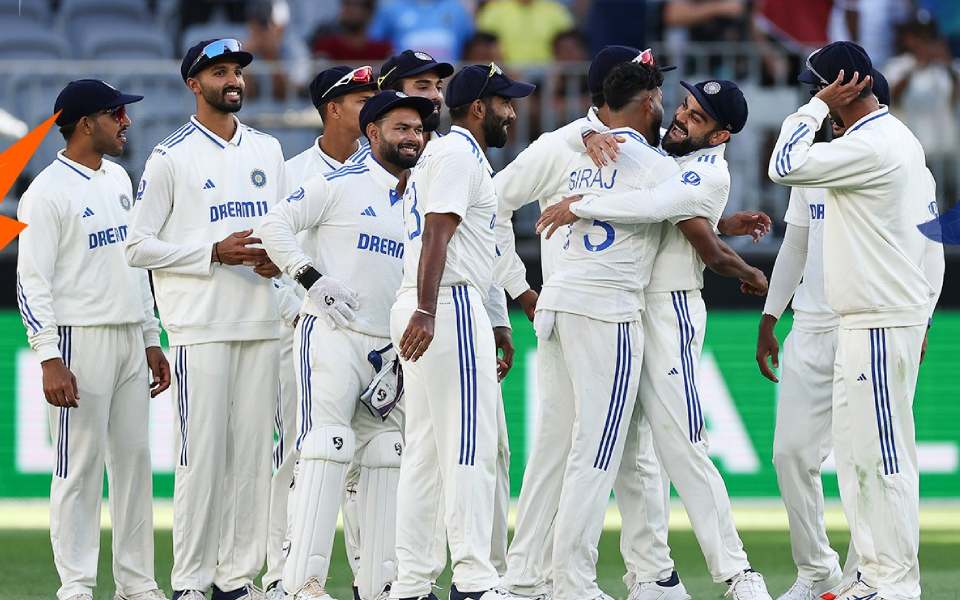Bengaluru, April 22: Releasing the final list of candidates for the May 12 Karnataka Assembly elections, the ruling Congress on Sunday announced a change of candidates in six seats and selected nominees for five other seats.
"The central election committee has changed the nominees in six seats and selected candidates for five other seats," Congress General Secretary Mukul Wasnik said in a statement here.
Chief Minister Siddaramaiah will contest from Badami in Vijayapura district in place of Devraj Patil in addition to Chamundeshwari in Mysuru.
H.P. Rajesh will contest from Jagalur (Reserved-Scheduled Tribe) in Davanagere district instead of A.L. Pushpa; K. Shadakshari from Tiptur in Tumakuru in place of B. Nanjaman; K.S. Renu from Malleshwaram in Bengaluru northwest instead of K.S. Renu; M. Srinivas from Padmanabhanagar in Bengaluru southwest in place of B.G. Naidu; and K.P. Chandrakala from Madikeri in Kodagu instead of H.S. Chandra Mouli.
The candidates for five other seats are N.H. Harris from Shantinagar in Bengaluru; K. Inamdar from Kittur in Belagavi district; V.D. Katakdhond from Nagathan (SC); M.N. Sali from Sindgi in Vijayapura; and Sayed Yasin from Raichur in the state's northwest region.
The Congress first list with 218 names was released on April 15 for elections to the 225-member house, including one nominated.
The party has decided not to field candidate from Melukote in Mandya district in support of Swaraj India candidate Darshan Puttanaiah, son of the state's farmer leader late K.S. Puttanaiah, who was a legislator from the same seat.
The party replaced Madikeri nominee Chandra Mouli as he was lawyer to the fugitive diamond trader Mehul Choksi, who fled the country in January after allegedly defrauding state-run Punjab National Bank along with his nephew Nirav Modi.
Yasin is the son-in-law of veteran party leader and former Railway Minister Jaffer Sharief.
Inamdar has been re-nominated from Kittur after he threatened to quit the party.
Harris, a two-time legislator from the prestigious Shantinagar segment in the city centre, also got re-nominated despite his son (Mohammad Nalapad) being in jail over a brawl at a city cafe on February 17.
Siddaramaiah, 69, filed his nomination on Friday from Chamundeshwari, which he has contested seven times and won five times since 1983.
Though he had won from Varuna in Mysuru district twice since the 2008 assembly elections, he shifted to Chamundeshwari, paving the way for his son Yatindra to contest from his home constituency. Yatindra too filed his nomination from Varuna on Friday.
Siddaramaiah is the party's second Chief Minister to complete a 5-year term after Devaraj Urs did so from 1972-78 in the southern state.
The veteran state leader joined the Congress from the Janata Dal-Secular (JD-S) in August 2006 after parting ways with the latter's supremo H.D. Deve Gowda and his second son H.D. Kumaraswamy, who is also contesting from Ramanagara and Channapatna seats in Ramanagara district, about 50km from Bengaluru.
Polling will be held in a single phase for 224 Assembly seats, including 36 reserved for the Scheduled Castes and 15 for the Scheduled Tribes. Votes will be counted on May 15.
Let the Truth be known. If you read VB and like VB, please be a VB Supporter and Help us deliver the Truth to one and all.
New Delhi, Nov 22: The Centre on Friday opposed in the Supreme court a proposal to form a committee of former apex court judges to oversee the implementation of measures to curb stubble burning, a key contributor to Delhi-NCR’s air pollution.
The suggestion was put forth before a bench of Justices Abhay S Oka and Augustine George Masih, hearing a case related to the rising pollution in Delhi-NCR, by senior advocate and amicus curiae Aparajita Singh.
She sought to leverage the expertise of judges as part of the proposed fact-finding committee.
The amicus said the judges had previously dealt with air pollution and stubble burning issues.
A bench headed by former Supreme Court's Justice Madan B Lokur had heard pleas related to pollution and the role of stubble burning as a contributing factor in the past.
In 2020, a bench headed by the then CJI Justice S A Bobde set up a panel headed by Justice Lokur to deal with the issues relating to stubble burning. The order was later recalled.
On Friday, the amicus curiae proposed that a committee of these judges could monitor and hear all stakeholders, including farmers and government authorities, for a comprehensive approach to address the crisis.
"A committee of experienced judges familiar with these issues could efficiently oversee the situation and hear individual grievances,” said Singh.
The proposal, however, was met with strong resistance from Additional Solicitor General Aishwarya Bhati, representing the Centre.
Bhati asserted the Centre and the Commission for Air Quality Management (CAQM) were taking adequate measures and that adding another oversight layer would be counterproductive.
"We strongly oppose this suggestion. There is no need for an additional judicial committee as your lordships are already monitoring the situation. We are answering all concerns, correcting shortcomings, and making progress,” said ASG Bhati while opposing the creation of "any more tier".
The amicus clarified her suggestion was for a fact-finding committee, but Bhati countered the statement, saying the government was already working with the available data and frameworks to address the issue effectively.
During the hearing, senior advocate Gopal Sankaranarayanan highlighted that changes in the timing of stubble burning, coupled with seasonal wind patterns, had worsened Delhi’s air quality.
The amicus curiae further flagged discrepancies in data reported by the CAQM and other sources regarding burnt areas in Punjab and Haryana.
"The burnt area in Punjab has increased to 19.1 lakh hectare from 15.1 lakh hectare in 2021, a 24% rise. Similarly, Haryana’s burnt area rose from 3.5 lakh hectare in 2021 to 8.3 lakh hectare in 2023. This contrasts with CAQM data, which claims a reduction in farm fires in Haryana,” Singh said, raising concerns about the accuracy of official reports.
The ASG defended the CAQM’s methodology, arguing that reliance on unverified sensors would undermine the process.
The amicus curiae, however, emphasised the need for scientifically validated protocols involving experts, with Punjab and Haryana also participating in the efforts.
The bench observed that while satellites could detect farm fires, burnt area showed their exact extent.
"We would like to have that data," it said.
In an order on November 18, the top court directed the Centre and the CAQM to procure farm fire data using geostationary satellites, as opposed to NASA’s polar-orbiting satellites, to ensure real-time monitoring.
The court noted that existing data from NASA satellites was limited to specific time windows and directed the involvement of ISRO in utilising stationary satellites for comprehensive day-long monitoring.
The court will review compliance with these directions and the latest developments on stubble burning measures in its next hearing.




